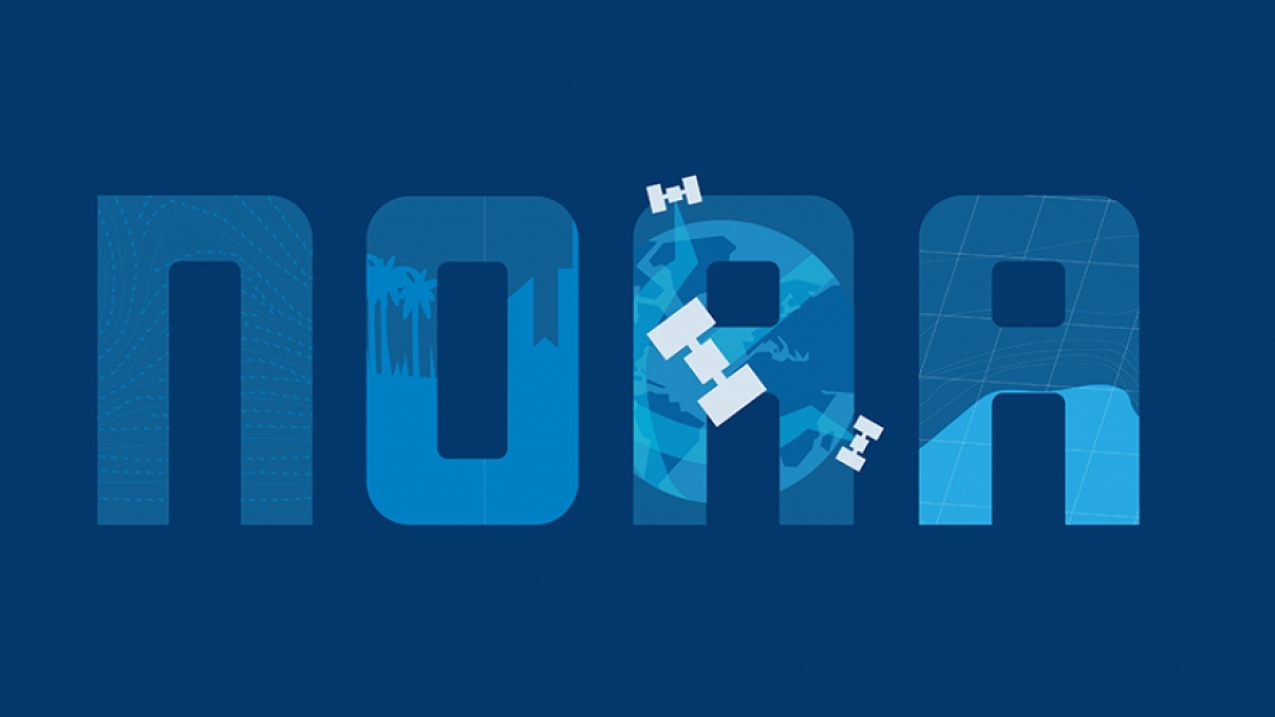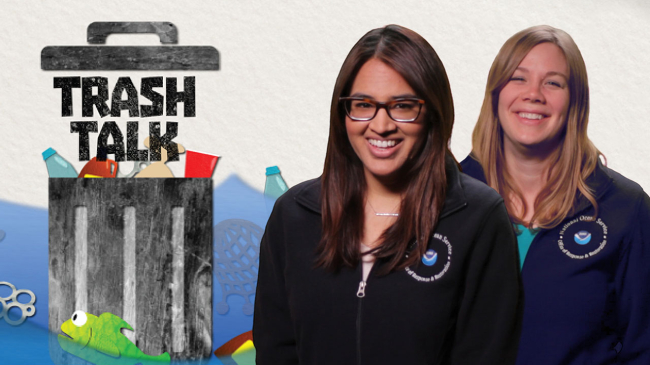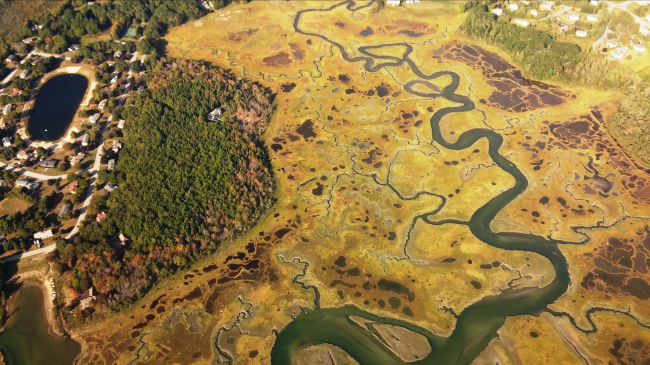New tool predicts how 5,200 chemicals could interact
Newly updated software from NOAA and experts at Dow Chemical could provide emergency workers responding to hazardous chemical spills more and better information about the chemical reactions they may encounter.

Welcome to noaa.gov (Image credit: NOAA)
The free software, known as the Chemical Reactivity Worksheet, predicts potential hazards from mixing chemicals. This significant update is the result of a two-year-long collaboration between NOAA chemical response specialists and technical experts at Dow Chemical.
“This innovative collaboration between industry and government scientists has produced a valuable tool that addresses reactive chemical hazards,” said Jim Farr, NOAA chemist and project coordinator. “We hope this effort paves the way for other projects that enhance our understanding of chemical hazards and lead to a safer work environment for the chemical industry, and especially those who respond to chemical incidents.”
“We’ve greatly appreciated the opportunity to partner with NOAA on this and see this as a win-win for everyone,” said Dave Gorman, Dow chemist and project leader. “This collaboration has allowed us to merge a number of best practices and tools used within Dow with the very powerful Chemical Reactivity Worksheet tool. The result is a much more powerful and versatile tool that we hope will become the gold standard within industry for determining chemical compatibility.”
The Chemical Reactivity Worksheet, currently for Windows only, is available for download. Versions for Mac and iOS will be available soon.
The work was done as part of NOAA and the Environmental Protection Agency’s joint development of a larger software suite, which provides valuable emergency response and planning tools for releases of hazardous materials.
The Chemical Reactivity Worksheet provides information about 5,200 chemicals, each assigned to one or more “reactive groups” of chemicals which may create a hazard if they come in contact with certain substances. The user creates a virtual mixture of chemicals, which could include the chemicals involved in a hazardous incident or stored in a laboratory, warehouse, or transport vehicle, and the program predicts the possible hazards, including fire or explosion, from mixing all possible pairs of those chemicals.
This latest release of the software increases the number of reactive groups, allowing for better predictions of potential chemical reactions, and expands the description of reactive chemicals. The program now also includes an alert for possible gases released from a chemical mixture, as well as information on the compatibility of common absorbents used in response to spills of hazardous chemicals.
In addition, managers of chemical facilities and university chemistry departments now can add chemicals unique to their facilities, enabling them to further customize their evaluations of potential hazards.
NOAA’s mission is to understand and predict changes in the Earth's environment, from the depths of the ocean to the surface of the sun, and to conserve and manage our coastal and marine resources. Join us on Facebook, Twitter, Instagram and our other social media channels.
Contact:
Keeley Belva
301-643-6463



